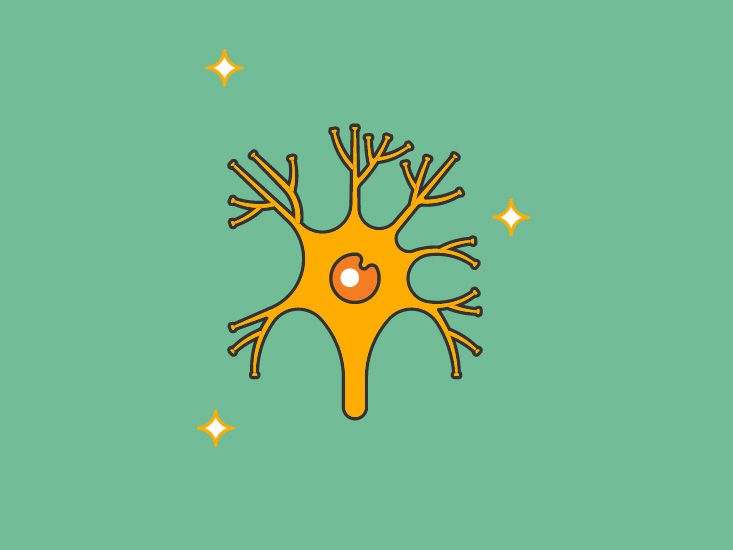Play all audios:
The ABDUCENS NERVE is also known as the ABDUCENT or SIXTH CRANIAL NERVE (CN6). It controls the eye’s lateral rectus muscle, which moves the eye sideways, away from the nose. Where the pons
(a band of nerve fibers ) and the medulla (lower portion of the brainstem) meet, CN6 departs from the brainstem and runs a course to the facial nerve. CN6 passes through the subarachnoid
space (around the brain), cavernous sinus (a small, blood-filled space behind the eyes) and, eventually, the superior orbital fissure (a groove in the bones behind the eyes). This nerve is
susceptible to a number of clinical conditions. If the abducens nerve is injured, double vision can result. The eye ends up pulled in toward the nose because the medial rectus muscle works
without opposition. Damage to the abducens nerve can result from anything that stretches or compresses it, such as from the growth of tumors or blood vessels that bulge into aneurysms.
Meningitis infections (serious infection of the brain’s covering tissues) may also develop and damage the nerve. Of all the possible conditions, diabetic neuropathy, related to prolonged
issues with blood sugar, is the most frequently occurring.

